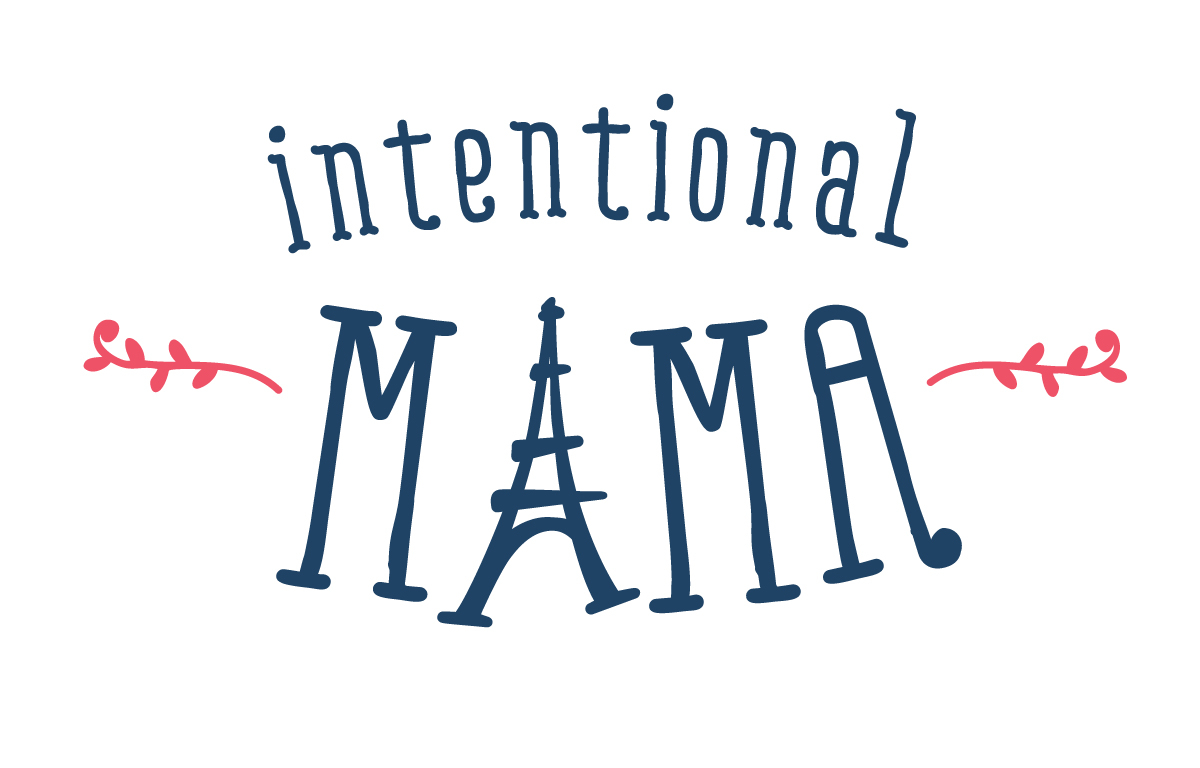Beginning French Lesson 5: Numbers, Likes, & Dislikes
This lesson was the fifth weekly class for beginning French students (ages 8-12) after a two-week break. We focused on reviewing conversational phrases and playing BINGO to reinforce numbers through 79. We also began an activity that helps students learn basic sentence structure and gives them familiarity with using a bilingual dictionary (online and printed versions). This lesson was designed for a 50-minute class.
Sample Warm-Up Questions & Songs:
Comment allez-vous?
French days of the week decoration by La-grange-de-lison via A Little Market
Quel jour est-ce aujourd'hui? (Sing the days of the week in French to the tune of 99 Bottles of Beer. I don't mention the song title, but the children recognize the tune.)
Using a French alphabet poster, we also review and sing the French alphabet.
Quel est la date aujourd'hui? This is a good intro for reviewing numbers. We reviewed and learned through 100+, with special focus on the tens, by counting aloud together. I explain that numbers 60-99 use a base-twenty naming system most likely linked to the Celtic counting system. Some students might find it helpful to compare this to a score, the old English way of counting by twenty which they may have encountered in the Gettysburg Address.
Activity: BINGO / LOTO
Nous allows jouer au Bingo! I give each student a small bingo card with random numbers up to 79. (I'd be happy to use higher numbers, but my cards only go up to 79.) I use a set of cards with fold-out numbers that are reusable--it's simpler than cards that require bingo markers. I think I found them at a dollar store.) Often, students who want a higher challenge will take two cards.
Antique bingo cards by Lawrencecoeur via A Little Market
Basic bingo play: Prior to class, I cut a printed list of numbers 1-79 into squares to pull from a hat. A student volunteer can call each number twice in French; winners must cry "Bingo" and retell the five numbers in a row that gave them a bingo. (Diagonal bingo is allowable.) For learning reinforcement, the called numbers can be displayed after the second call to ensure that students are associating the correct number with its French name. After a few winners, play can continue with blackout bingo, where every number on the card must be called to win.
Petit Projet: Likes and Dislikes
Bingo is a fairly time intensive game, but if time allows, you can follow up with this new activity:
Have students fold a blank piece of paper into four quadrants and write one of each of these sentence starters in each quadrant:
je déteste . . . , je n'aime pas . . . , j'aime . . . , j'adore . . .
Smiley / frowny macarons via Dollfoodminatures
Students can draw smiley or frowny faces in each quadrant to illustrate differences in meaning. I model the meanings with my own statements: je déteste le racisme; je n'aime pas les piments; j'aime les livres; j'adore la musique et les enfants.
I do switch to English to highlight the grammar difference--when making general statements in English, we say "I love pizza," but in French we say, "I love the pizza." In French, the is either le (masculine), la (feminine), or les (plural). How do you know which the word to use? Over time, you start to memorize the gender of nouns as you hear them, but you can always use a dictionary to find out!
My favorite dictionary app--here's why
Bilingual dictionary use: Most monolingual American students are unfamiliar with bilingual dictionaries, so I specifically help students figure out how they are organized and why it's easy to mistakenly search for a word in the wrong half of the dictionary. We figure out how a noun and its gender is indicated. We also do this in online dictionaries (such as collinsdictionary.com) and dictionary apps--I bring in a tablet and my phone with its French/English dictionary app for students to try. (I highly recommend this Collins French Dictionary app!)
The petit projet is a writing and speaking assignment where each student comes up with several sentences to express their individual likes, loves, dislikes, and hates. Ideally, students can use a class set of dictionaries or tablets with dictionary apps to look up the nouns they want to use. They can complete the writing project at home using collinsdictionary.com.
I love teaching this project in beginning French classes because it helps students become adept at using bilingual dictionaries and independent language learners as well as giving them a very basic grammar structure to work with for forming sentences (subject-verb-definite article-noun). Otherwise, students often arrive at upper level French classes with little understanding of how to pursue an expanded knowledge of the language on their own. I'll share more about the speaking portion and the follow-up in lesson six!
Related posts:
Beginning French lesson 1: Greetings and introductions, Francophone countries, alphabet
Beginning French lesson 2: Greetings, geography, alphabet
Beginning French lesson 3: Alphabet, spelling, numbers
Beginning French lesson 4: Numbers and calendars
5 Ways to Learn French free (or another language) Without Taking A Class




